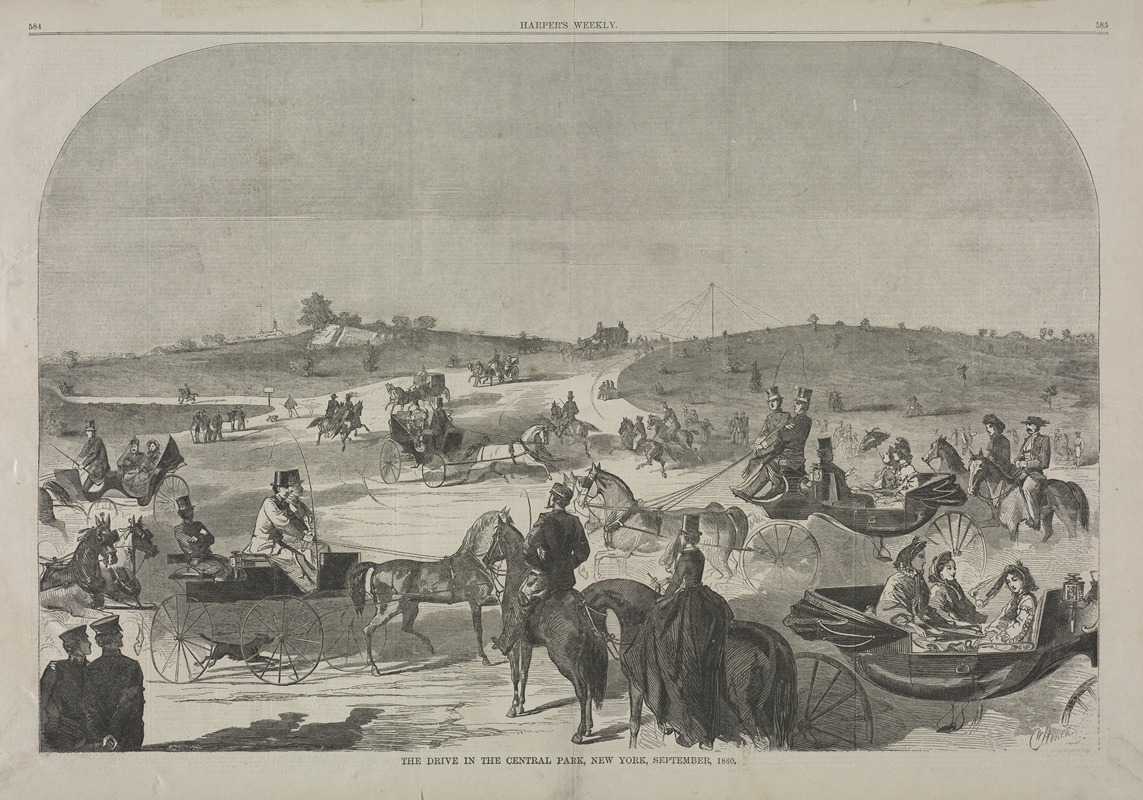
The Drive in Central Park, New York, September, 1860
A hand-painted replica of Winslow Homer’s masterpiece The Drive in Central Park, New York, September, 1860, meticulously crafted by professional artists to capture the true essence of the original. Each piece is created with museum-quality canvas and rare mineral pigments, carefully painted by experienced artists with delicate brushstrokes and rich, layered colors to perfectly recreate the texture of the original artwork. Unlike machine-printed reproductions, this hand-painted version brings the painting to life, infused with the artist’s emotions and skill in every stroke. Whether for personal collection or home decoration, it instantly elevates the artistic atmosphere of any space.
"The Drive in Central Park, New York, September, 1860" is a painting by the American artist Winslow Homer. This work is notable for its depiction of Central Park in New York City during the mid-19th century, a period when the park was still in its early stages of development. Winslow Homer, who would later become one of the most prominent figures in American art, created this painting at a time when he was beginning to establish his reputation as an illustrator and painter.
The painting captures a scene in Central Park, which had officially opened to the public in 1858. Designed by Frederick Law Olmsted and Calvert Vaux, Central Park was the first landscaped public park in the United States and represented a significant development in urban planning and landscape architecture. Homer's painting provides a glimpse into the early years of the park, showcasing its role as a recreational space for New Yorkers.
In "The Drive in Central Park, New York, September, 1860," Homer depicts a carriage drive, a popular activity among the city's residents. The scene is lively and bustling, with elegantly dressed figures enjoying a leisurely ride through the park. The carriages, horses, and pedestrians are rendered with a keen eye for detail, reflecting Homer's background as an illustrator. The composition of the painting emphasizes the social aspect of the park, highlighting its function as a gathering place for people from various walks of life.
Homer's use of light and color in this painting is particularly noteworthy. The warm, golden hues of the late afternoon sun cast a serene glow over the scene, enhancing the idyllic atmosphere of the park. The artist's skillful handling of light and shadow adds depth and dimension to the composition, creating a sense of movement and vitality.
At the time he created this painting, Winslow Homer was working as a freelance illustrator for publications such as Harper's Weekly. His illustrations often depicted contemporary life and events, and his work in Central Park would have resonated with the magazine's readers, many of whom were familiar with the park and its significance to the city. This painting, like many of Homer's early works, reflects his interest in capturing everyday moments and the changing landscape of America.
"The Drive in Central Park, New York, September, 1860" is an important example of Homer's early artistic development. It showcases his emerging style and his ability to convey the vibrancy of urban life. This painting also serves as a historical document, offering a window into the early years of Central Park and the social dynamics of New York City during the 19th century.
As Winslow Homer continued to evolve as an artist, he would go on to explore a wide range of subjects and styles, eventually becoming renowned for his seascapes and depictions of rural life. However, his early works, including "The Drive in Central Park, New York, September, 1860," remain significant for their portrayal of American life and their contribution to the development of American art.





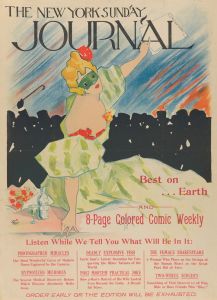
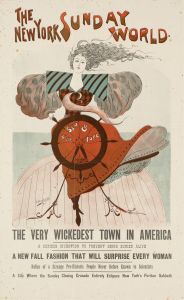
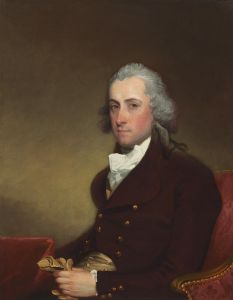
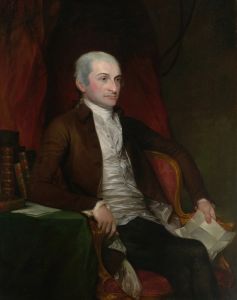
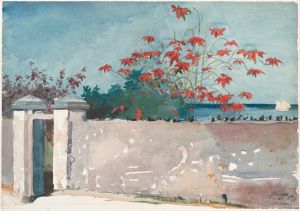
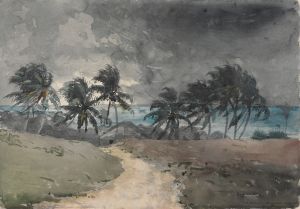
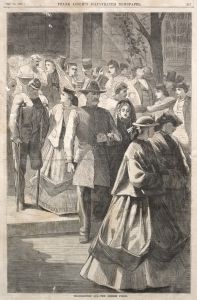
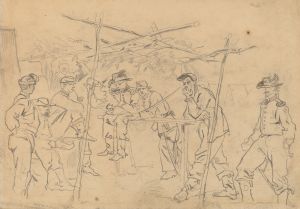
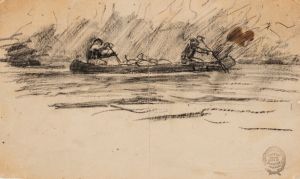
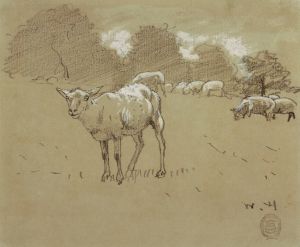
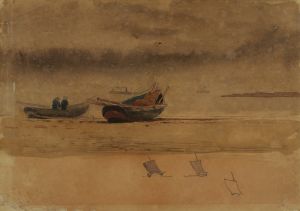
![Design for the Lentheric Salon, Fifth Ave. & 58th St., Savoy-Plaza Hotel, New York, NY.] [Perspective sketch](/imgs/249294/s/winold-reiss-design-for-the-lentheric-salon-fifth-ave-58th-st-savoyplaza-hotel-new-york-ny-perspective-sketch-d1e86315.jpg)
![Designs for the Puck Theater , New York, NY.] [Exterior perspective study](/imgs/249327/s/winold-reiss-designs-for-the-puck-theater-new-york-ny-exterior-perspective-study-df16fd5a.jpg)
![Designs for unidentified restaurant interior, possibly Elysée restaurant, 1 East 56th St., New York, NY.] [Drawing of restaurant interior elevations](/imgs/249334/s/winold-reiss-designs-for-unidentified-restaurant-interior-possibly-elysee-restaurant-1-east-56th-st-new-york-ny-drawing-of-restaurant-interior-elevations-192740b5.jpg)